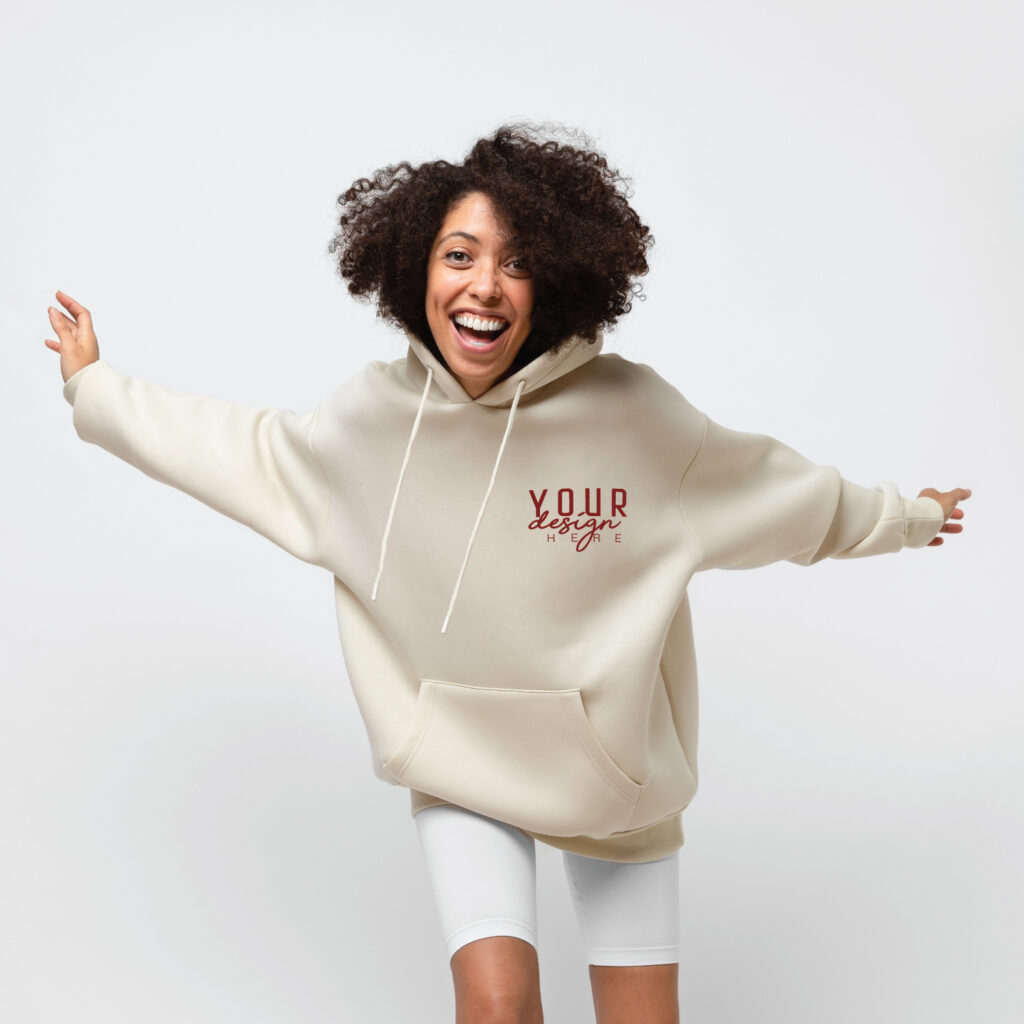When it comes to printing on fabrics, two popular methods stand out: Direct-to-Film (DTF) printing and sublimation. Each technique offers distinct advantages and disadvantages, making them suitable for different applications.

DTF Printing: Fast and Focused
DTF printing involves transferring a printed image from a film to a fabric using heat. The process begins by printing the design onto a special transfer film using inkjet technology. Once dry, the film is coated with a layer of adhesive powder and then cured. The cured film is then applied to the fabric and heat-pressed, causing the image to adhere permanently.
One of the key advantages of DTF printing is its speed. The turnaround time is significantly shorter compared to sublimation, making it ideal for urgent orders or small quantities. Additionally, DTF allows for precise control over the placement of the design. You can print only specific areas of the fabric, limiting the printing to areas that require it. This can be beneficial for designs with intricate details or when you want to avoid printing on certain parts of the garment.
Sublimation: Versatile and All-Over
Sublimation printing, on the other hand, is a more versatile process. It involves converting a solid dye into a gas, which then penetrates the fabric fibers. This method is typically used on polyester-based fabrics and requires a special sublimation printer and heat press. Sublimation offers a wider range of design possibilities compared to DTF. You can print all-over designs, covering the entire surface of the fabric. This makes it suitable for complex patterns, gradients, and photographic images. Sublimation also produces high-quality prints with vibrant colors and excellent durability.
In summary, DTF printing is a faster and more focused option suitable for specific areas and urgent orders. Sublimation, on the other hand, offers greater design flexibility and is ideal for all-over prints and complex patterns. The choice between DTF and sublimation depends on the specific requirements of your project, such as the desired design, turnaround time, and fabric type.
